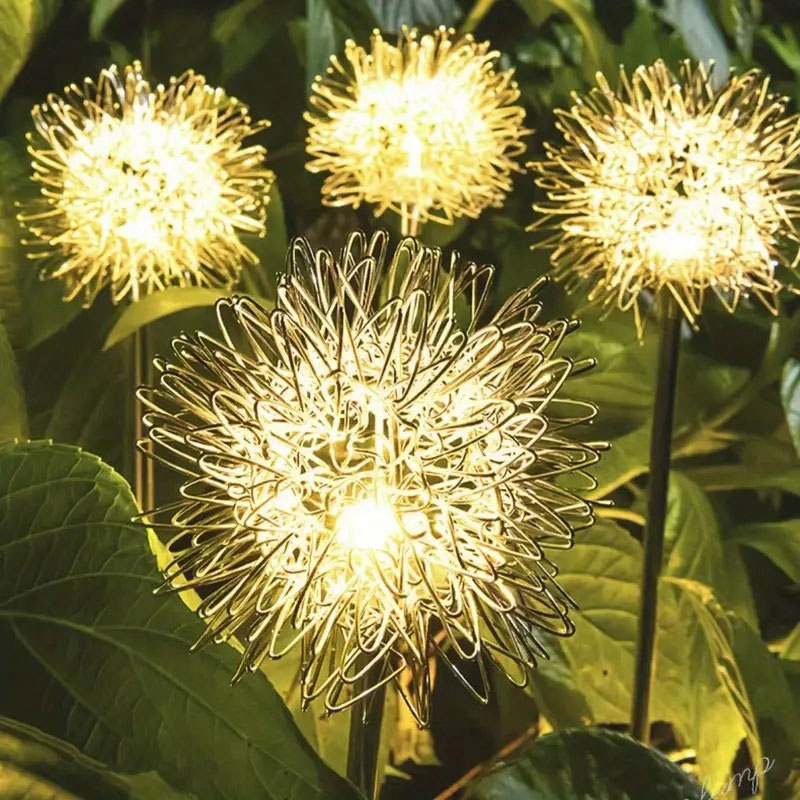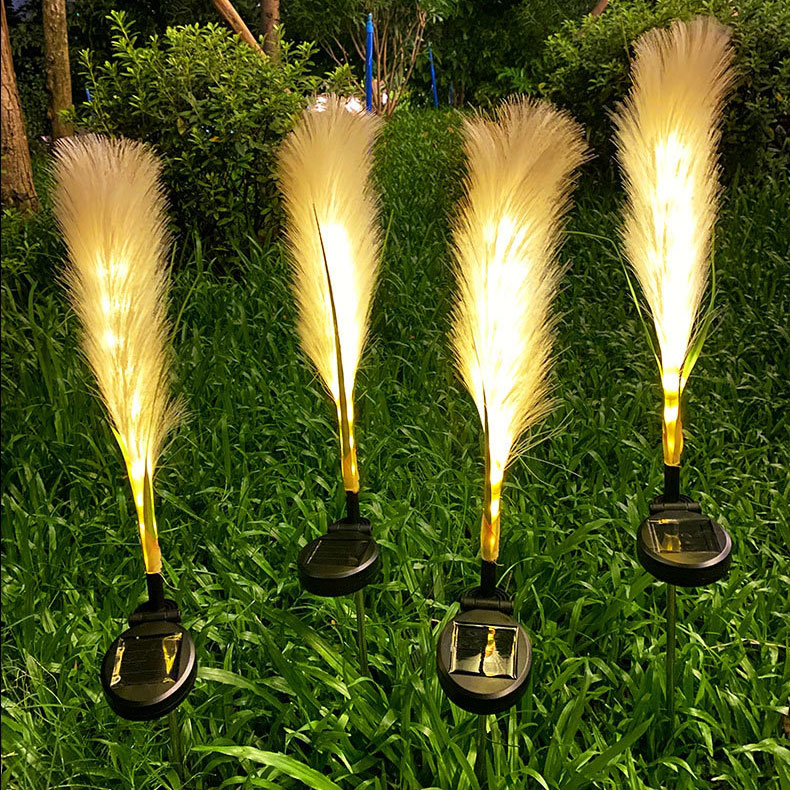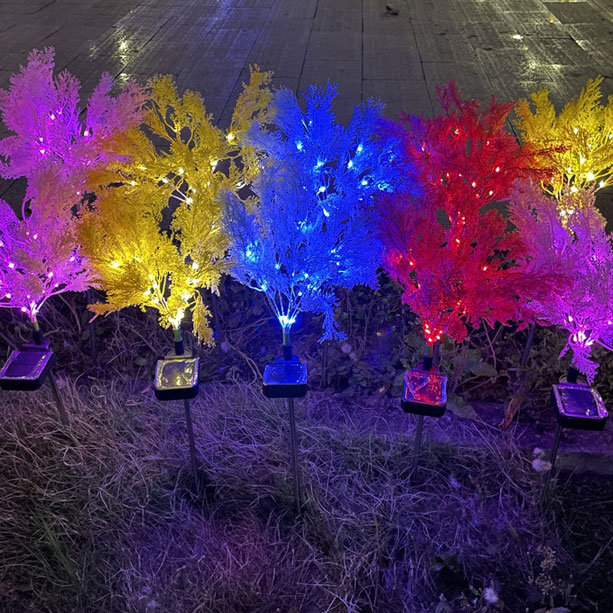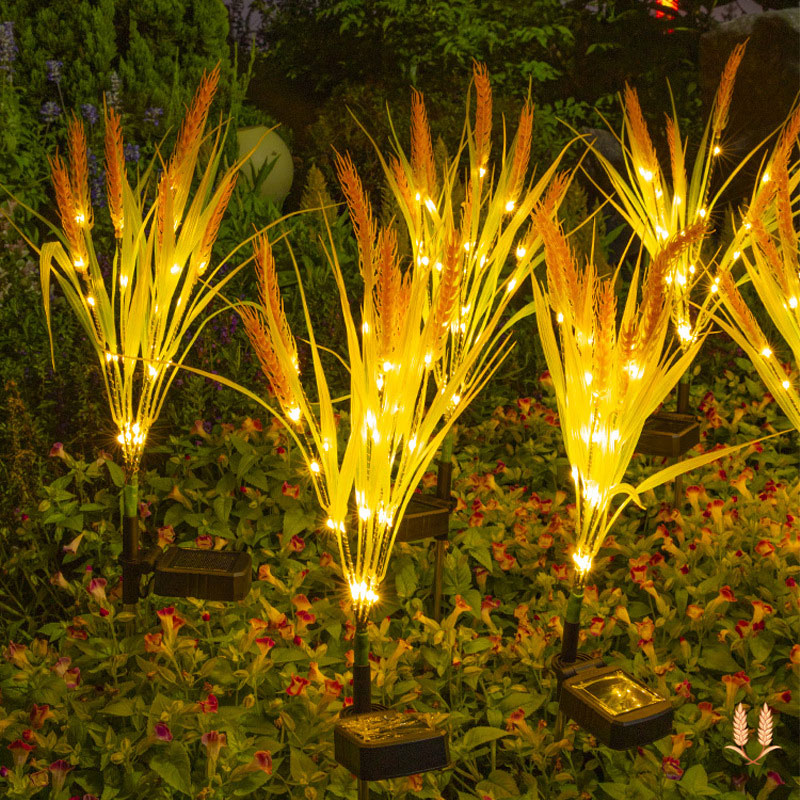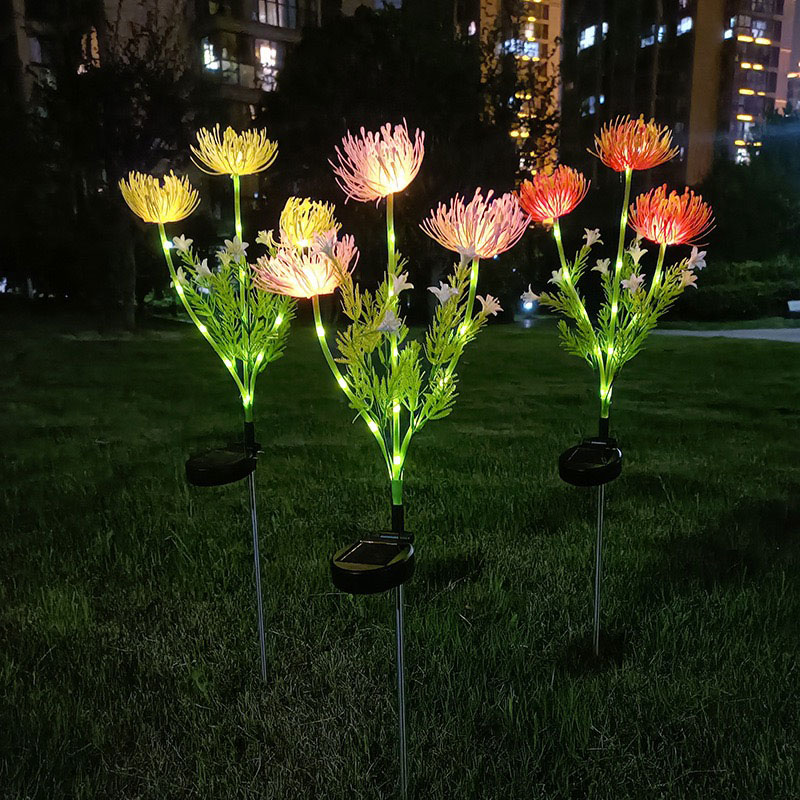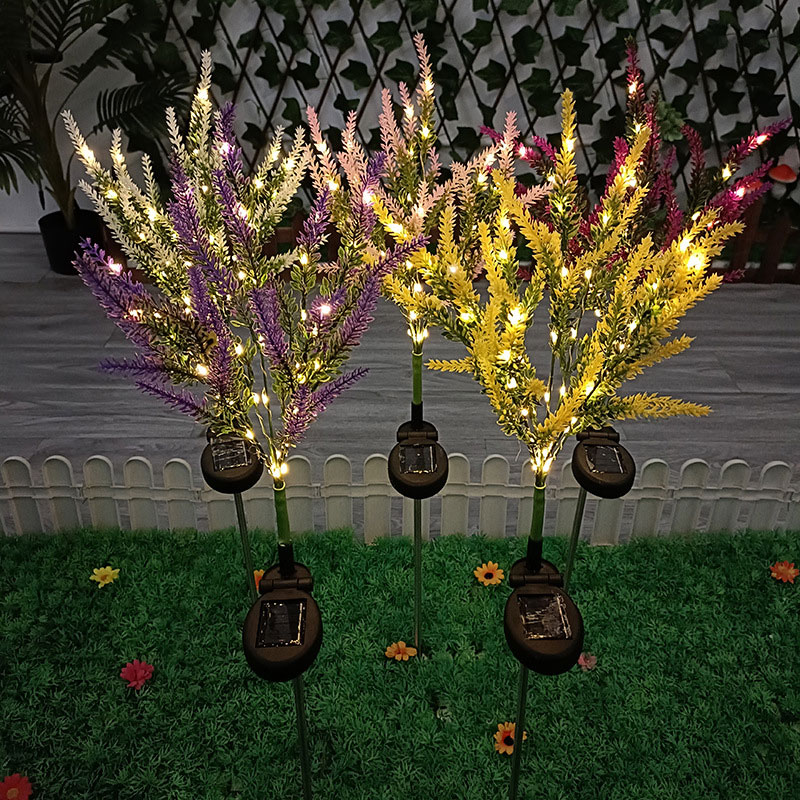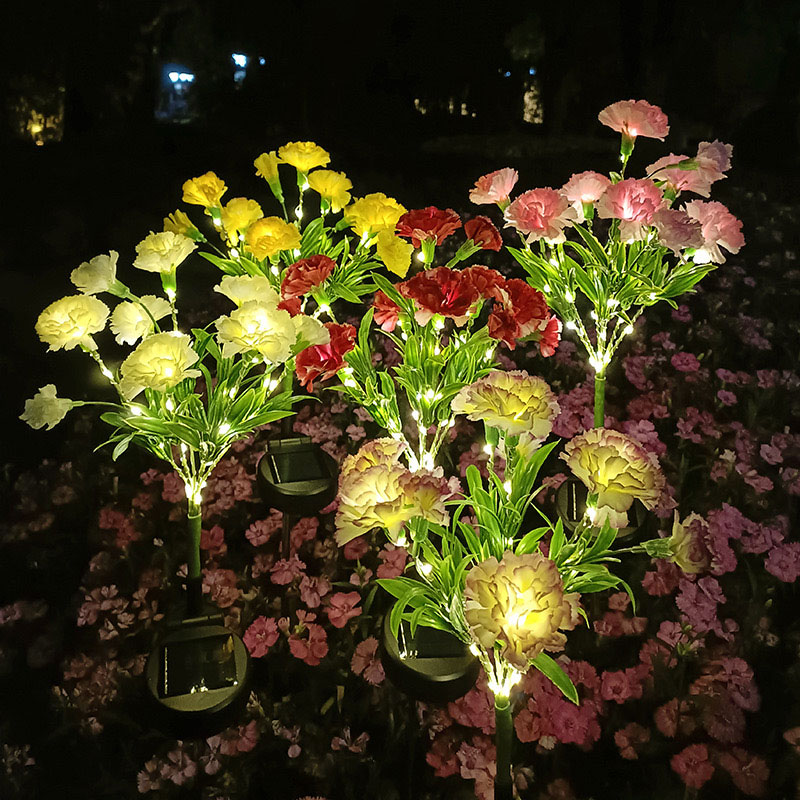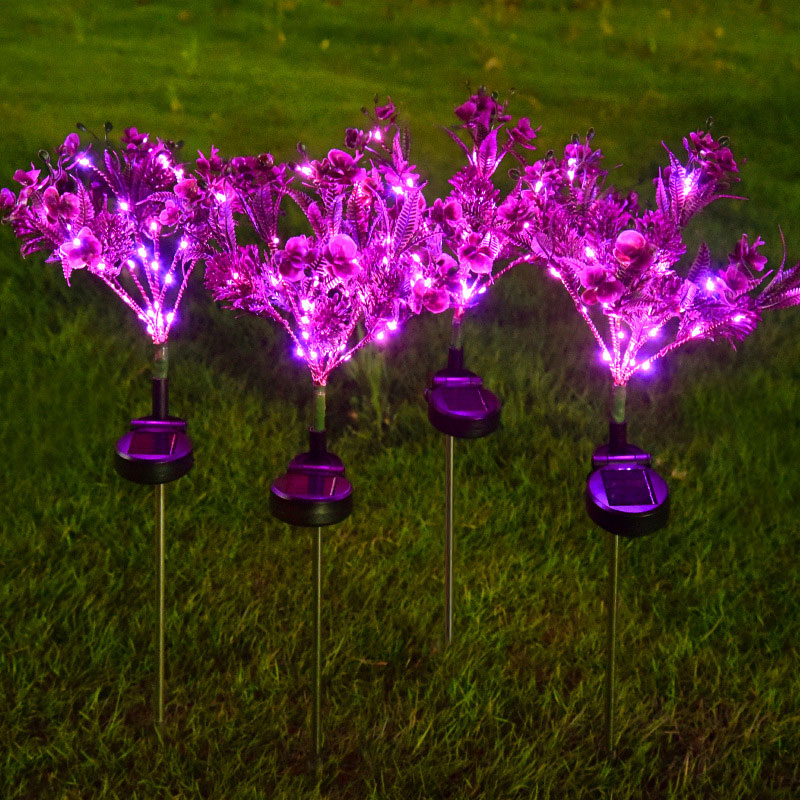LED Christmas Lights LEDs, also known as light-emitting diodes, are solid-state semiconductor devices that can convert electrical energy into visible light, which can directly convert electricity into light. The heart of an LED is a semiconductor wafer with one end attached to a bracket, one end is the negative electrode, and the other end is connected to the positive electrode of the power supply, so that the entire wafer is encapsulated by epoxy resin.
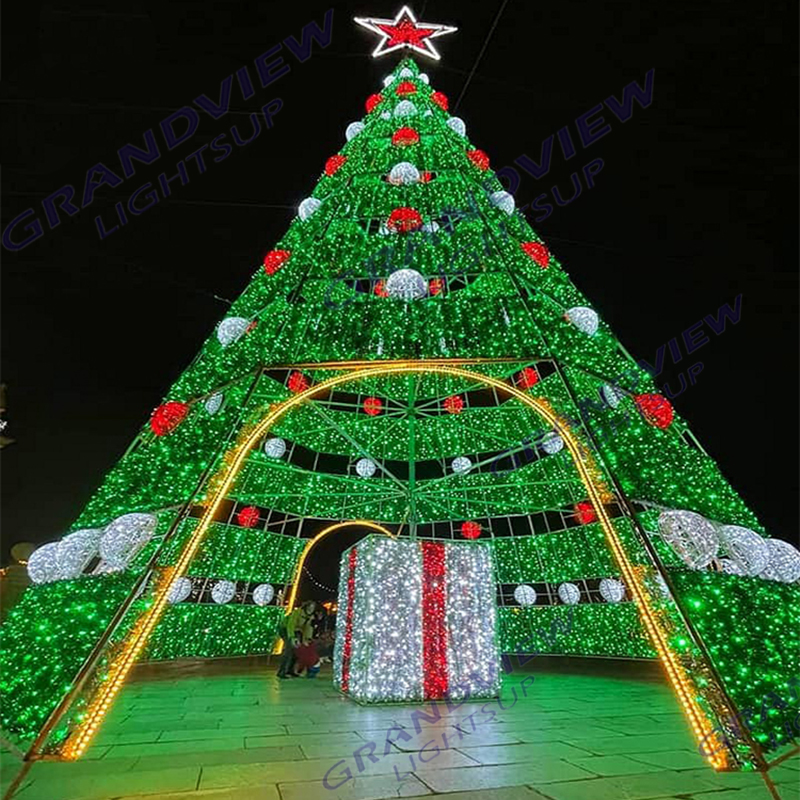
A semiconductor wafer is made up of two parts, one is a P-type semiconductor, in which holes dominate, and the other end is an N-type semiconductor, which is mainly electrons on this side. But when these two semiconductors are connected, a P-N junction is formed between them. When an electric current is applied to the wafer through the wire, the electrons will be pushed to the P region, where the electrons will recombine with the holes, and then the energy will be emitted in the form of photons, which is the principle of LED light emitting. The wavelength of light, which is the color of light, is determined by the material that forms the P-N junction.
LED material is longer with copper and aluminum, but aluminum is relatively cheap, so the market is basically made of aluminum, now the new heat dissipation method is fin type (fin type), three times higher than the traditional heat dissipation efficiency, as well as ceramic, high thermal conductivity plastic, the price is not much different. Aluminum has good heat dissipation and is cost-effective. There are many styles of economical use of steel, which need to be maintained with full water and strict requirements for water quality. Copper-aluminum composite has good heat dissipation, almost no requirements for water quality, and high cost.
At present, the common LED Christmas lights use a special condenser, and the LED light-emitting diode is installed in a fully transparent condenser. The middle part of the condenser is a convex lens, the beam of light emitted forward by the LED tube that is located at the focal point of the convex lens is gathered into a parallel beam, and the beam emitted by the side of the LED tube enters the inner side of the condenser and then enters the refraction to reach the outer side of the condenser, because the outer side of the condenser and the inner side of the condenser are designed to have a certain angle, when the light reaches the outer side of the surface, the incident angle of the light on the outer side will be greater than the critical angle of incidence of making the condenser material, so it is impossible to refract again, and can only produce total reflection from the front, which is reasonably designed, the outgoing light will become a parallel ray parallel to the optical axis of the fixture.
The LED of LED Christmas light has strong luminous directionality, high luminous flux utilization, and small size, which is easy to control the appearance design of LED lamps and light intensity distribution. LEDs can be powered by DC low voltage, which is safe and reliable. LEDs are not limited by start-up temperature, can be transiently started, generally a few MS, and can transiently achieve full luminous flux output.
From the perspective of the city, the landscape, the street, and the life, we should think about the value of light and create a suitable LED Christmas Lights environment to add charm to the city.


